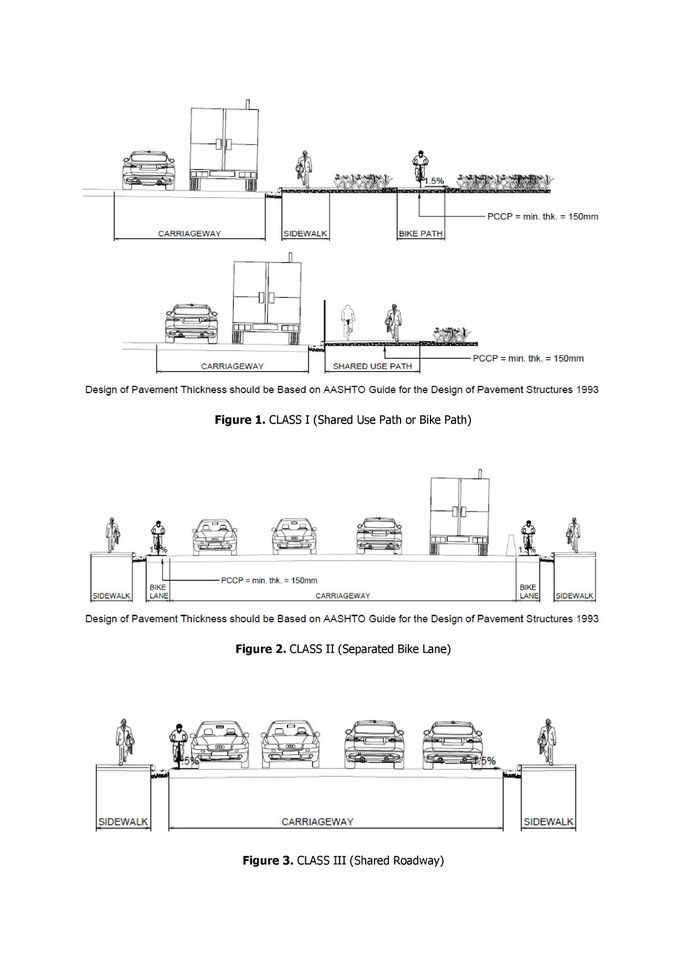Bicycle lanes will now be included in the design of new national roads and bridges as well as future expansion projects, according to Public Works and Highways Sec. Mark Villar.
According to Department Order No. 88, all projects of the Department of Public Works and Highways (DPWH) which involves the construction of new roads and bridges as well as future expansion projects aimed to relieve traffic congestion shall now include a dedicated bicycle lane.
“From now onwards, design of new national roads and bridges will have a minimum width of 2.44-meter bike lane feature for one direction. The desirable width of three meters is set for a 2-directional separated bike lane, unless under constrained condition which will follow the absolute minimum of 2.44 meters. This policy also covers road/bridge widening, diversion/bypass roads among others,” Villar said.
Villar said that future bicycle lane projects will be classified into three categories:
- Class 1 is a designated protected path that is completely separated from motor-vehicle roadway by an open space with sidewalk.
- Class 2 is a portion of a roadway designated for exclusive use of bicycles and is separated from the motor-vehicle roadway through pavement marking or physical separation.
- Class 3 is part of a roadway that has been officially designated and marked as a bicycle route but can also be used by motor vehicles due to limited carriageway width.

“With bike-friendly infrastructure, we aim to promote road safety to all and encourage the public to consider biking as a safe mode of transportation beneficial to their physical health, the environment through reduced greenhouse gas emissions and noise pollution, to traffic, and to public roads that render less wear and tear,” Villar added.
Under the guidelines, the DPWH said that class, width and directional criteria for the construction of new bike lanes will be established based on motor vehicle volume and operating speed, available road, shoulder and sidewalk space, lane configuration, bicycle demand and other driveway and parking conflict.
The DPWH said that Class 3 bicycle lane or the shared roadway is recommended for roads operating with the lowest speed and traffic volume; separated bike lane using pavement marking under Class 2 is for low speed to low to moderate traffic volume; and separated bike lane using physical separation under Class 2 or shared use path under Class 1 is for moderate to high speed and high traffic volume.

